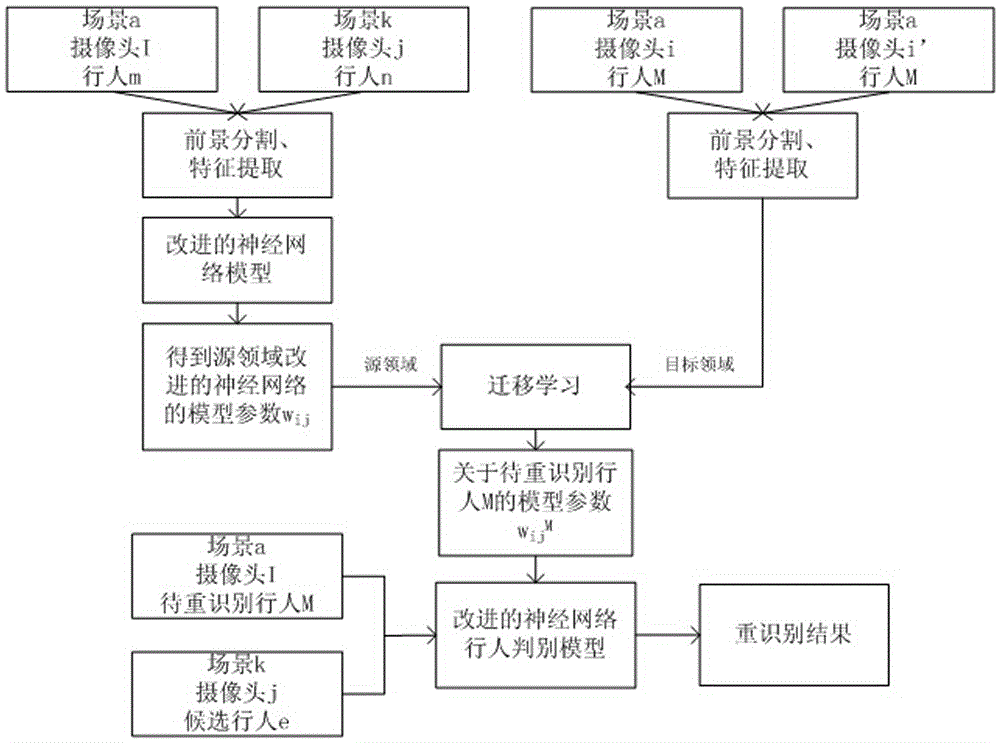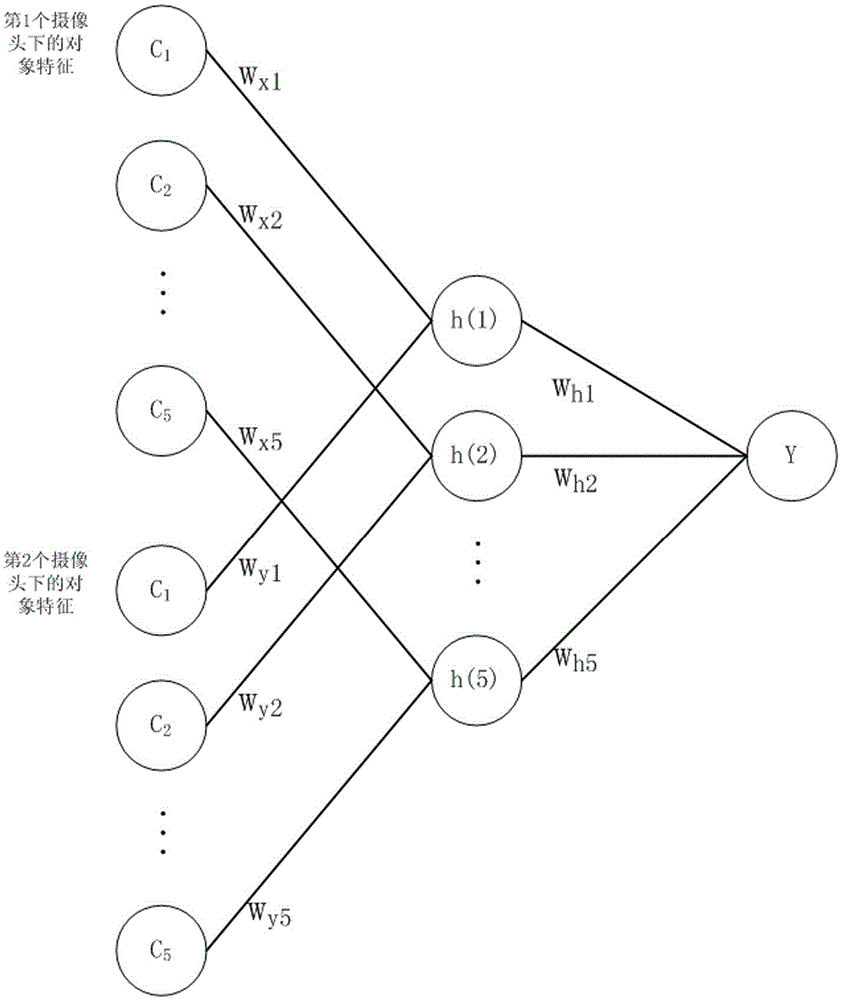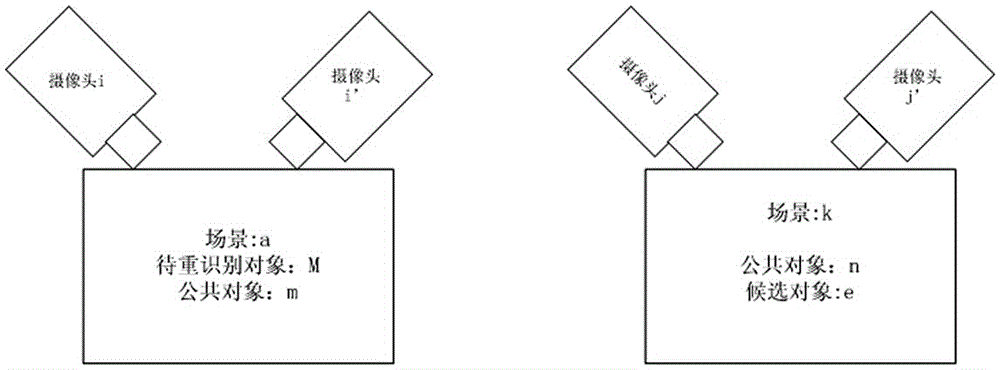Pedestrian re-recognition method based on transfer learning
A pedestrian re-identification and transfer learning technology, applied in the field of intelligent monitoring, can solve the problems of low accuracy, low accuracy of pedestrian re-identification, and few samples.
- Summary
- Abstract
- Description
- Claims
- Application Information
AI Technical Summary
Problems solved by technology
Method used
Image
Examples
Embodiment Construction
[0030] The present invention will be further described below in conjunction with accompanying drawing. Such as figure 1 , 2 , As shown in 3, the pedestrian re-identification method based on transfer learning of the present invention comprises steps as follows:
[0031] Step 1. Pedestrian foreground segmentation. The GrabCut algorithm is used to perform known pedestrian foreground segmentation on each frame of all camera video sequences with known pedestrians. This algorithm uses the texture (color) information and boundary (contrast) information in the image, and then specifies some pixels to belong to target, a better segmentation result can be obtained. Also, we already know the camera presence of these known pedestrians.
[0032] Step 2, pedestrian feature extraction. Use the human body symmetry model to divide the extracted known pedestrians into five regions of interest: head, left upper limb, right upper limb, left leg, and right leg, and extract the color features,...
PUM
 Login to View More
Login to View More Abstract
Description
Claims
Application Information
 Login to View More
Login to View More - R&D
- Intellectual Property
- Life Sciences
- Materials
- Tech Scout
- Unparalleled Data Quality
- Higher Quality Content
- 60% Fewer Hallucinations
Browse by: Latest US Patents, China's latest patents, Technical Efficacy Thesaurus, Application Domain, Technology Topic, Popular Technical Reports.
© 2025 PatSnap. All rights reserved.Legal|Privacy policy|Modern Slavery Act Transparency Statement|Sitemap|About US| Contact US: help@patsnap.com



